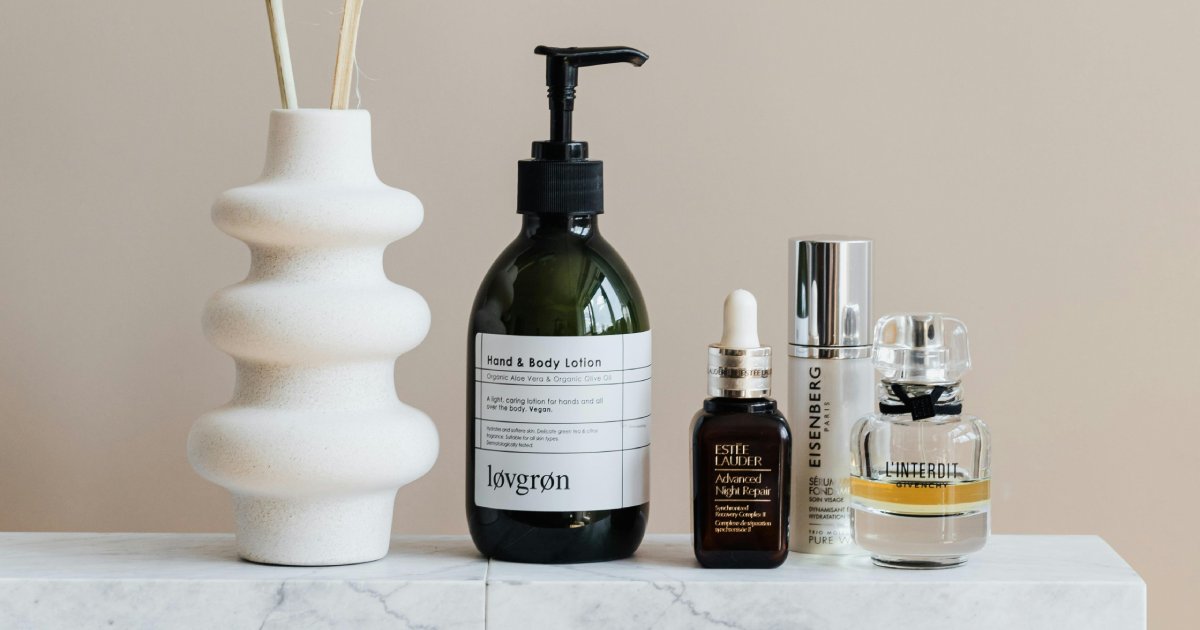Wellness Experiences Take on New Meaning

As wellness evolves from a luxury to a fundamental expectation among consumers, so too are the experiences around it.
And while beauty and wellness experiences have typically been confined to promoting products, a new version is emerging designed to foster community and connection among health-conscious consumers.
In many ways, the wellness experiences are a branch of the entertainment versions that feature Friends, Harry Potter, Squid Games, and others. But the goal remains the same in creating branding that delivers authenticity, storytelling and a value proposition that resonates with the target audience.
Where wellness experiences diverge from the entertainment-driven varieties are in the data and personalization that’s being gathered and deployed to tailor the programs more tightly to individual consumer interests.
At the recently opened 3,000-square-foot 113 Spring Street facility in New York, for example, a four-person health advisory board vets products being sold through the facility along with acupuncture and immersive neurosensory meditation that is designed to shift consciousness and spark creative insight. The latter focuses on EEG (electroencephalogram) biofeedback that uses electrodes and a computer-based program to assess brain activity which in turn helps consumers recognize thought patterns and modify them.
“The important part is building real experiences modeled on the way people feel and use evidence gathered from the EEG headsets and use it to create personalization,” Celia Ellenberg, Curator at 113 Spring, said during a recent panel discussion at the wellness center. “The idea is to create a new benchmark and deliver services that aren’t really being delivered in an evolving wellness market. These are benchmarks for the way we think about wellbeing. That is an important part of differentiation for these types of experiences.”
The wellness experiences will typically run for four to six months inside a space featuring tailored products and various programs and services. That includes a “Mind-Scent” section designed to produce five milliliter bottles for custom-made fragrances ($95) and a café whose offerings include carrot steamers ($10) and apple celery mousse ($16).
Food and beverages have become a key component of these emerging experiences that also are aimed at improving consumers’ digestive systems (Gut health), particularly the gastrointestinal tract.
“Brands must translate complex biological processes into relatable benefits that resonate with consumers” and that is the point of these experiences,” a health expert said. “Effective biotics hinges on the demystifying the science of gut health. By emphasizing how biotics supports a balance gut, enhance digestion and bolster immunity, companies can make the science of gut health accessible and engaging.”
The success of both wellness experiences and gut health also will hinge on storytelling, a skill familiar those in the brand licensing business.
New York-based Andrew’s Honey, which is sold through 113 Spring, for example, harvests its product from hives located throughout the New York’s five boroughs including those at the Waldorf Astoria Hotel and the grounds of the United Nations. It opened its first retail store in New York earlier this year.
“It is not about selling celebrity smoothies and there is a different level of attention given here to the food and beverage program,” said Uma Naidoo, a nutrition psychiatrist working with 113 Spring. “It is all about the wellness experience without the typical ice plunges and massages.”




